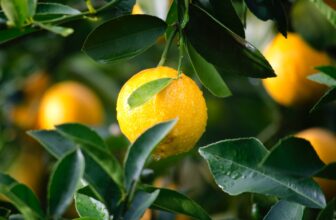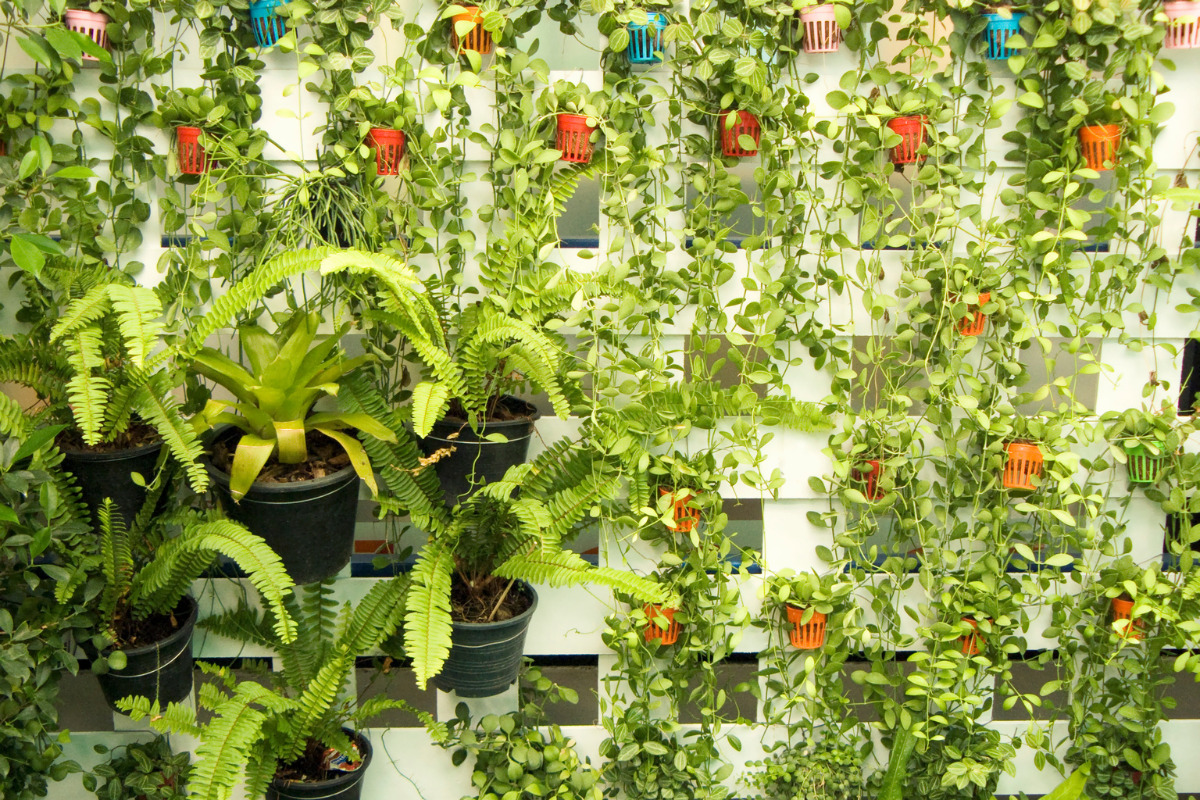
Table of Contents
If you’re looking to add some greenery to your home or office, an indoor vertical garden is a great option. Vertical gardens are a space-saving solution that can bring the outdoors inside, creating a vibrant and welcoming space. But with so many plant options to choose from, it can be difficult to decide what to include in your garden.
In this article, we’ll explore some of the best plants for indoor vertical gardens, including their unique characteristics and why they are well-suited for this type of garden.
Elephant Ear (Caladium)
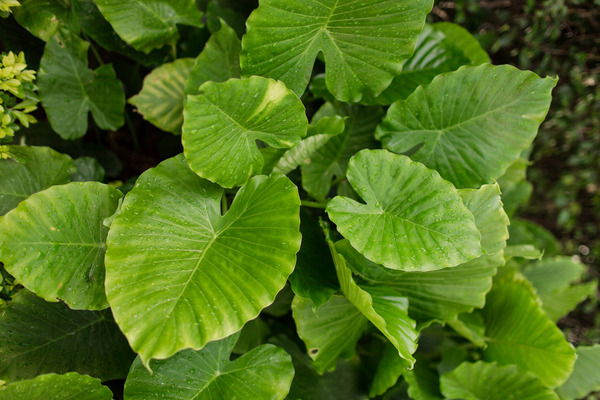
Caladium is a tropical plant known for its colorful and ornamental leaves. It’s a popular choice for indoor vertical gardens as it’s relatively low maintenance and thrives in low-light conditions.
The colorful leaves of the caladium add visual interest to the garden and can help to create a vibrant and welcoming space. Caladium is also easy to care for and can tolerate a range of indoor temperatures, making it a versatile choice for an indoor vertical garden.
Coleus (Coleus scutellarioides)
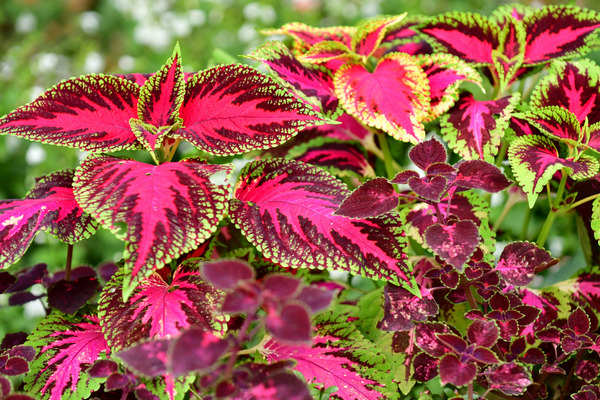
Coleus is a colorful and ornamental plant that’s well-suited for an indoor vertical garden. It thrives in a range of light conditions, making it versatile for indoor environments, and its vibrant leaves can make your indoor vertical garden look unique and attractive.
Coleus is also low maintenance and easy to care for, which is why it’s a practical choice for an indoor vertical garden and its adaptability to a range of indoor temperatures makes it suitable for a wide range of environments.
Ivy (Hedera)
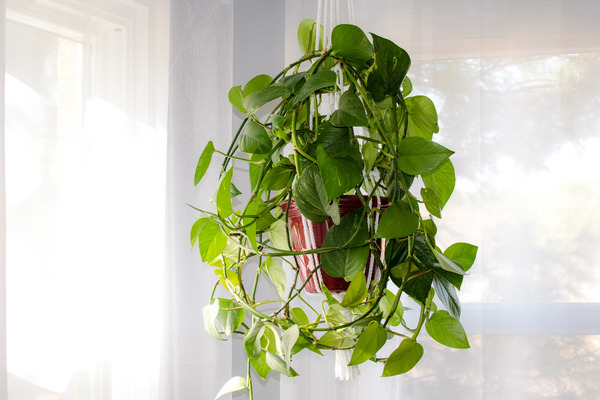
Ivy is an ideal plant for indoor vertical gardens for several reasons. First, it’s a low-maintenance plant that can thrive in various light conditions and is able to adapt to different indoor environments. This makes it a versatile choice for indoor vertical gardens.
Second, ivy’s trailing vines make it well-suited for vertical gardens, as they can easily be trained to grow up a wall or trellis. This helps to create a more natural and dynamic look in the garden. Third, ivy’s attractive, green leaves can make the garden look attractive and help to create a vibrant and welcoming space.
Finally, ivy is easy to care for and can tolerate diverse indoor temperatures, making it an extremely popular choice for an indoor vertical garden.
Corn Plant (Dracaena)
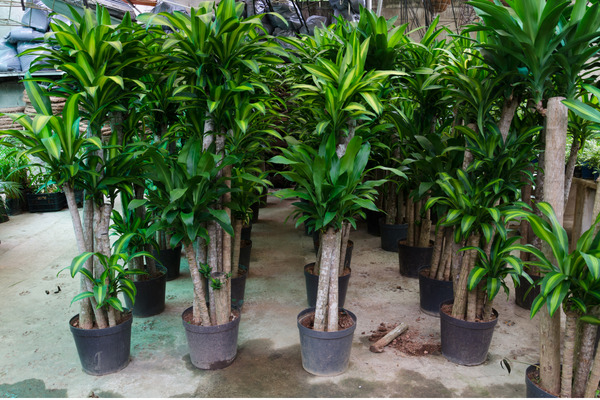
Dracaena is a type of flowering plant that’s native to tropical regions of Africa. The leaves of the dracaena plant are long and narrow, and they can be trained to grow up a trellis or wall, making it a good choice for vertical gardens.
This plant is also known for its ability to purify the air, making it a highly beneficial addition to any indoor space. Additionally, dracaena is easy to care for and can tolerate different indoor temperatures, which is why it’s a versatile choice for an indoor vertical garden.
In some cultures, the plant is believed to have the ability to ward off evil spirits and bring good luck to the home. It’s also believed to have anti-inflammatory and antibacterial properties, and has been used to treat a variety of ailments such as fever, wounds, and even snakebites. As you can see, it’s a very useful plant to grow in your indoor vertical garden.
Philodendron (Philodendreae)
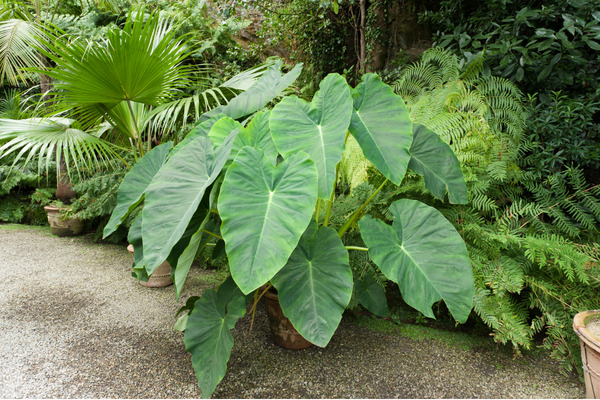
Native to the tropical regions of South America, philodendron is a flowering plant known for its attractive, heart-shaped leaves and is often grown in indoor vertical gardens. What makes it so popular for indoor gardens is its ability to thrive in low light and requires very little maintenance.
Like dracaena, this plant also has air-purifying properties. Some species of the plant have the ability to purify the air by removing toxins such as formaldehyde, xylene, and benzene from the air. This makes them popular choices for use in homes and offices where air quality may be a concern.
Philodendron is a fast-growing plant and its vines can be trained to grow up a trellis or wall, making it well-suited for vertical gardens.
Rabbit’s Foot Fern (Davallia fejeensis)
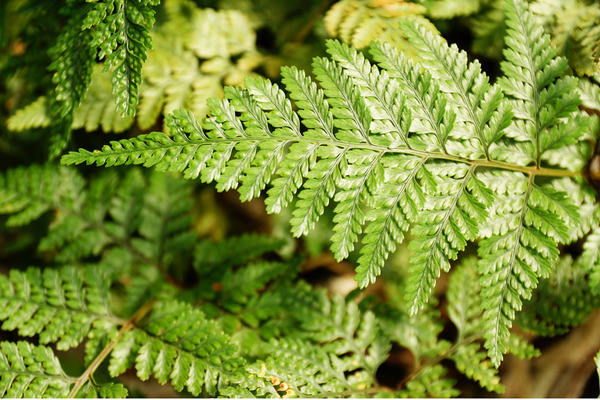
Rabbit’s foot fern is a type of fern native to Southeast Asia. It’s known for its fuzzy, rabbit’s foot-like rhizomes and delicate fronds. This fern is a popular choice for vertical gardens as it can create a sense of serenity and calm.
It‘s also a relatively small plant, making it well-suited for vertical gardens where space is limited. Additionally, rabbit’s foot fern is easy to care for and can tolerate indoor temperatures, making it a much sought-after plant for an indoor vertical garden.
Madagascar Jasmine (Stephanotis floribunda)
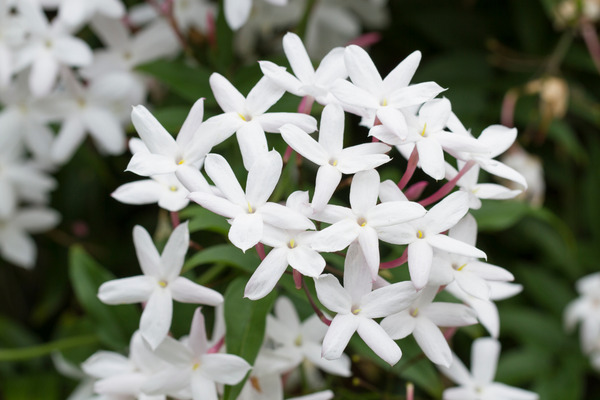
Madagascar jasmine is a flowering vine native to Madagascar which is how it got its name. It’s a popular indoor plant because of its fragrant, waxy white flowers and its ability to thrive in a range of indoor conditions. Madagascar jasmine is relatively low maintenance and can tolerate low light conditions, making it a good choice for indoor environments.
Its delicate, vine-like growth habit makes it well-suited for training on a trellis or other vertical support, which is why it’s commonly grown in indoor vertical gardens. Additionally, the sweet fragrance of its flowers can add a pleasant aroma to your indoor space.
An interesting fact about Madagascar Jasmine is that it’s often used in wedding bouquets and as a decorative plant in homes due to its fragrant white flowers. The flowers are prized for their sweet, floral scent and are commonly used in perfumes and fragrances.
Succulents (Xerophytes)

Like most of the plants on this list, succulents are ideal for indoor vertical gardens as they require little maintenance and most types can thrive in low light. They’re also drought-tolerant and don’t require frequent watering, making them well-suited for vertical gardens where watering can be challenging.
The wide range of shapes, sizes, and colors of succulents can add visual interest to your garden and create a vibrant and welcoming space. However, it’s important to choose the right species of succulent for your indoor vertical garden, as some types may not thrive in low light conditions or may require more frequent watering.
Overall, succulents can be a good choice for indoor vertical gardens if chosen and cared for properly.
Wandering Jew (Tradescantia zebrina)
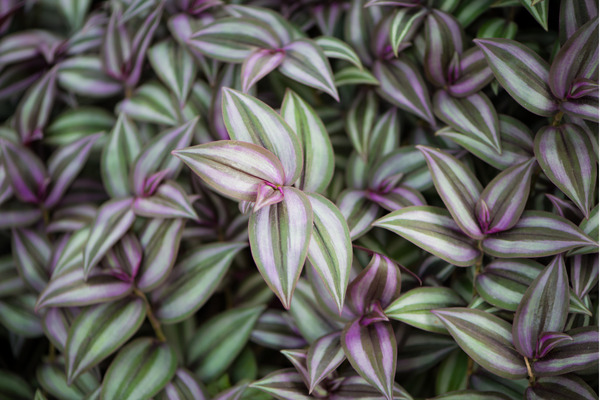
Wandering Jew is often grown in indoor vertical gardens as it’s low-maintenance plant that’s easy to care for. It has trailing vines that can be trained to grow up a trellis, wall, or any other climbing structure, making it well-suited for vertical gardens. This plant also has air-purifying properties, eliminating toxins such as formaldehyde, ammonia, and xylene from the air.
However, it’s important to keep in mind that wandering Jew is toxic to pets if ingested, so it may not be a suitable choice for households with pets.
Bromeliads (Bromeliaceae)
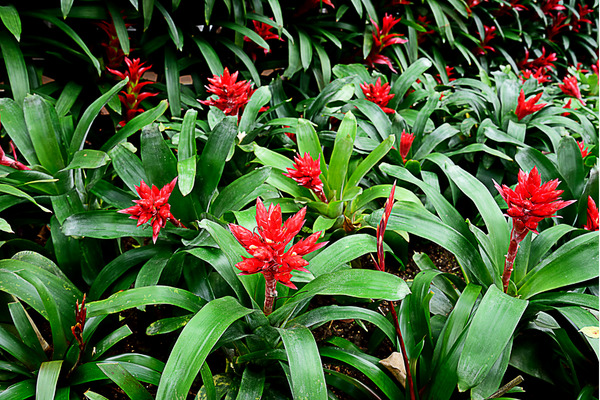
Bromeliads are native to tropical regions of South and Central America. These plants are known for their colorful, long-lasting flowers have a compact, rosette-like growth habit, making them well-suited for vertical gardens. The striking flowers of the bromeliad plant can add a unique touch to your garden and as it does not require frequent watering, it’s extremely easy to take care of.
To use bromeliads in an indoor vertical garden, plant them in pots or containers with well-draining soil and place them in a spot that receives indirect or low light. Train the plant stems to grow up a trellis or wall using plant ties or clips. Water the bromeliad consistently, allowing the soil to dry out slightly between waterings.
Pothos (Epipremnum aureum)
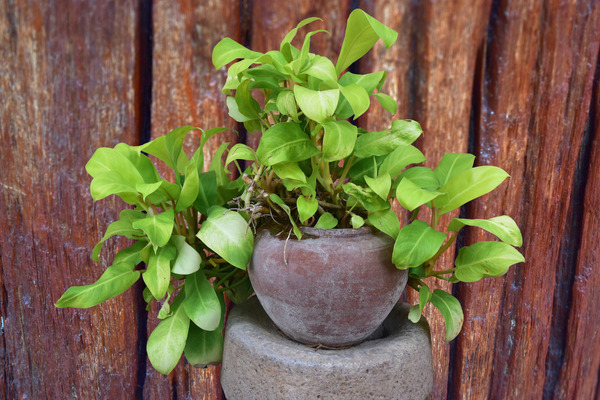
Pothos is a special plant known for its ability to purify the air, making it a beneficial addition to any indoor space. The trailing vines and attractive, heart-shaped leaves of this plant can make your vertical garden look aesthetically pleasing and as it’s a low maintenance plant, it’s very easy to take care of. It can thrive in indirect or low light and train to grow up a trellis, wall or other structure using clips or plant ties.
If you’re a beginner in gardening, pothos could be the ideal plant for you to start with. This is because it’s known for its ability to tolerate a wide range of growing conditions and is often recommended as a beginner plant for those new to gardening.
Peace Lily (Spathiphyllum)
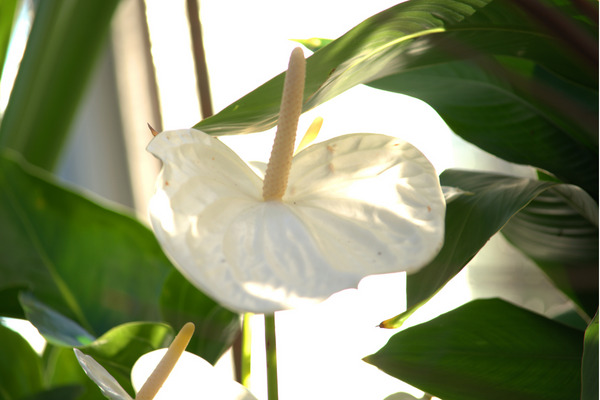
The peace lily is an excellent indoor plant for vertical gardens as it requires less maintenance and is well-suited for indoor environments. It has the ability to purify the air, by removing toxins such as formaldehyde, benzene, and trichloroethylene from the air. This makes the plant not only beautiful but also a useful addition to any indoor space.
Peace lilies are often used to improve indoor air quality in homes and offices. They’re also popular in landscaping and are often used as border plants or in container gardens.
Creeping Jenny (Lysimachia nummularia)
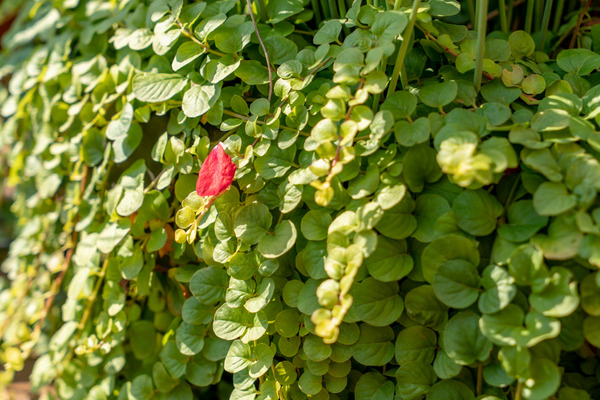
Creeping Jenny is a low-growing ground cover plant native to Europe. It’s known for its bright yellow, cup-shaped flowers and its ability to quickly spread and fill in an area. This plant is often used as an edging plant or in rock gardens, but it can also be grown in containers or hanging baskets and is commonly grown in indoor vertical gardens.
Creeping Jenny is a unique plant with a rich history of medicinal use and a variety of practical applications in the garden. In modern times, it’s more commonly grown as an ornamental plant in gardens, but it’s still used in some traditional medicine systems for its perceived medicinal properties.
Arrowhead Vine (Syngonium podophyllum)
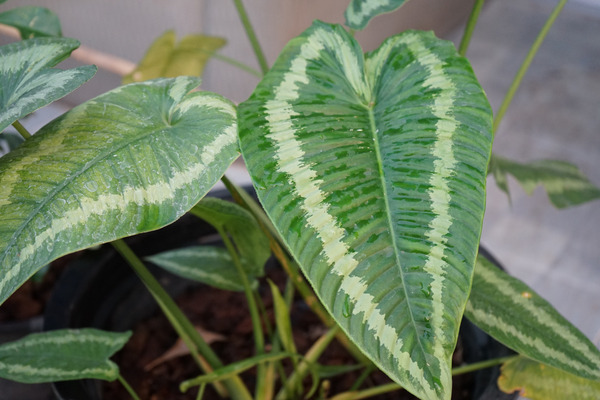
Arrowhead vine is a tropical plant from Central and South America. It’s well known for its distinctive, arrow-shaped leaves and its ability to grow quickly and vine. Its trailing vines can easily be trained to grow up trellises or walls, making it an ideal plant for vertical gardens.
One unique fact about the arrowhead vine is that it’s able to change the shape of its leaves as it grows. When the plant is young, its leaves are typically arrow-shaped and pointed. As the plant matures, the leaves become more rounded and less pointed. This change in leaf shape can add visual interest to the plant and help to create a dynamic look in your vertical garden.
Moss (Bryophyta)
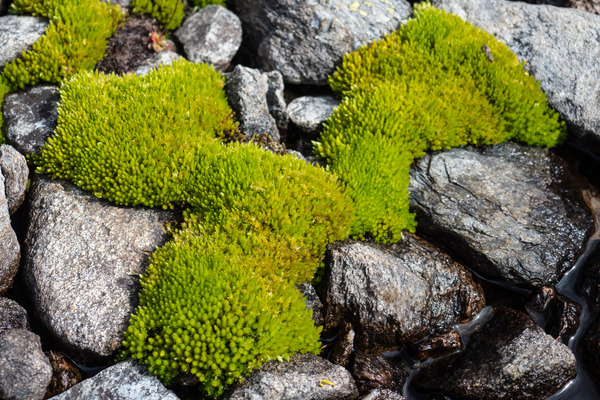
Moss is a type of small, non-vascular plant that’s often used in gardens as a ground cover or decorative element. It’s known for its soft, velvety appearance and its ability to thrive in damp, shaded areas. Moss is a good choice for indoor vertical gardens as it grows easily without a lot of maintenance and its compact size and ability to grow on a variety of surfaces make it well-suited for vertical gardens.
What’s interesting about moss is that it’s one of the oldest living organisms on Earth, with some species estimated to be over 1000 years old! Moss is also a keystone species, meaning that it plays a vital role in the ecosystem and its presence can have a significant impact on the environment. For example, moss helps to retain moisture in the soil, stabilizes soil, and provides a habitat for small invertebrates.
Wrapping Up
An indoor vertical garden is an excellent way to add some greenery to your home or office. Whether you’re looking for low-maintenance plants or something with a pop of color, there are plenty of options to choose from.
Each of the plants on this list has unique characteristics that make them well-suited for this type of garden, and they can add visual interest and a touch of nature to any indoor space. With a little bit of care and attention, these plants can thrive in an indoor vertical garden and bring a touch of the outdoors inside. Whether you’re a beginner or a seasoned green thumb, you’ll find something to love in this list of top picks for indoor vertical gardens.






